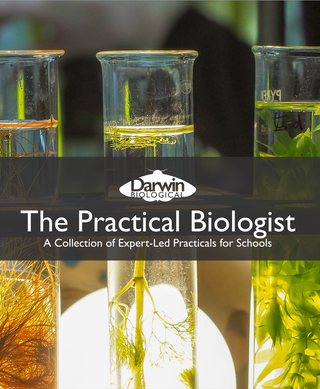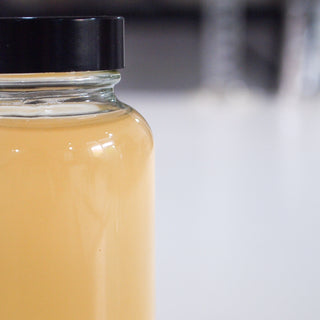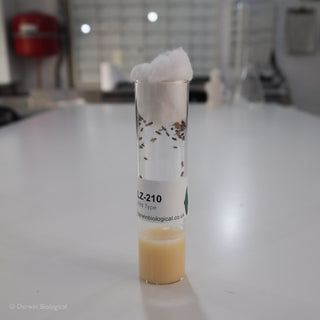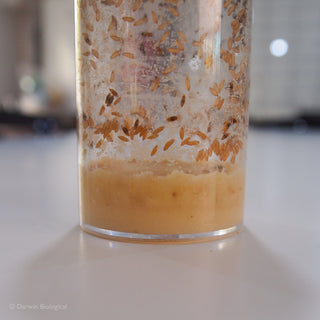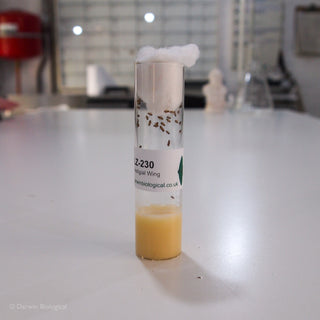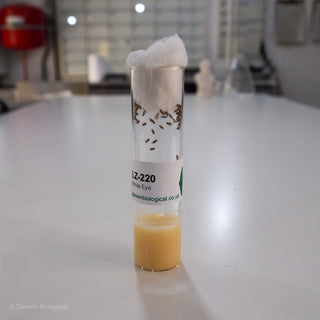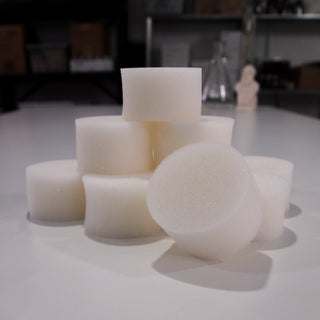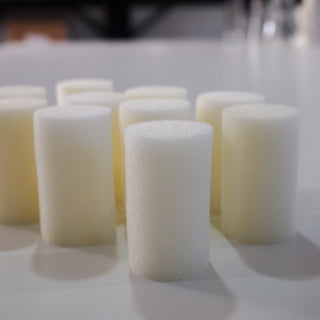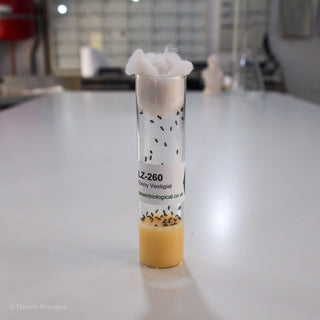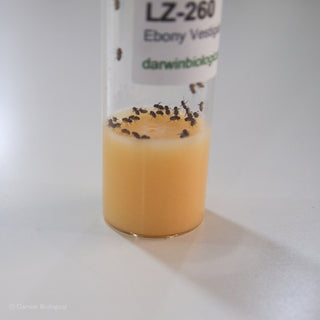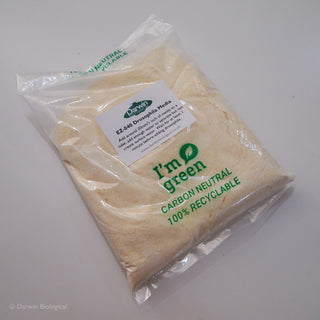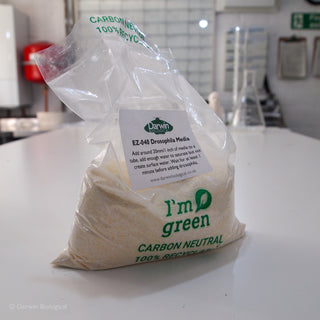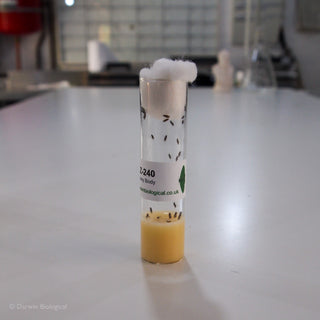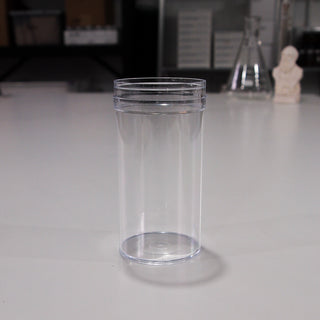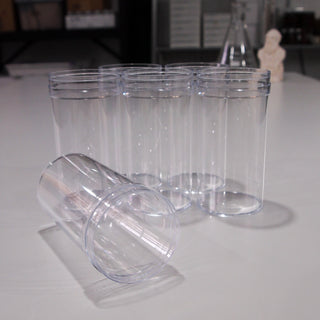What are vinegar eels?
Vinegar eel, or Turbatrix aceti, are non-parasitic nematodes which thrive in unpasteurised apple cider vinegar, feeding on the bacteria which creates the vinegar. They grow to a maximum of 2mm long, so can just be seen with the naked eye, and have a virtually transparent body. Vinegar eels go through 6 stages of development (egg, 4 larval stages and adult), taking 5 weeks to reach maturity and living for a total of around 10 months.
Why study vinegar eels?
Vinegar eels are often bred as a live food for fish fry, but in a school context it is their transparent body that makes them a fascinating creature to study. Using a stereo microscope digestion can be observed - vinegar eels are among the lowest group of animals to possess a complete digestive tract.
The other reason for studying vinegar eels is that under a stereo microscope developing larvae can be observed inside the female. Females can give birth up to 40 live young at a time every 8-10 days.
What do I do when I receive my first vinegar eel culture?
The vinegar eel cultures supplied by Darwin Biological can be studied immediately and do not need any special care. They should have their lid loosened to allow airflow and kept out of direct sunlight. The culture will be fine for a week, if you intend to keep it longer it should be sub-cultured as below.
How to culture vinegar eels?
Mix unpasteurised apple cider vinegar with distilled/deionised water in approximately a 3:2 ratio. It is essential that the apple cider vinegar is unpasteurised, often bottles will state that that they contain ‘the mother’, this is ideal. Pour this mixture into a clean jar or bottle and add a slice of raw apple; for school use a 250ml container is likely to be sufficient.
Cover loosely to avoid contaminants whilst allowing air flow. Keep the cultures at room temperature and out of direct sunlight. Write the date of the culture on the jar.
Subculture every 3 months by preparing a jar 2/3rds full of fresh water/vinegar then gently pouring 1/3 of the original culture in and adding a fresh slice of apple.
How to ‘harvest’ vinegar eels?
Vinegar eels naturally gather near the surface of the vinegar as this is where the highest concentration of oxygen is. This can be used to your advantage allowing you to gently pipette the vinegar at the top to collect the vinegar eels and place a drop on a cavity slide or petri dish for viewing under a stereo microscope.
How to dispose of vinegar eels?
Vinegar eels are not dangerous so can be washed down the sink with plenty of water, alternatively, feed to young fish or autoclave to kill.

